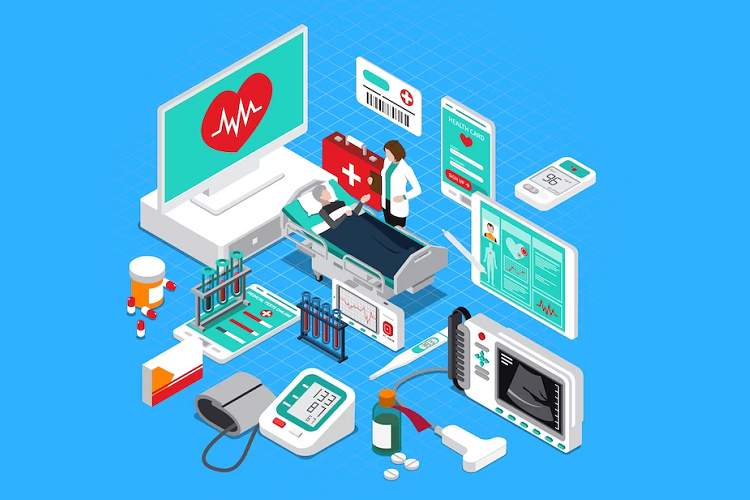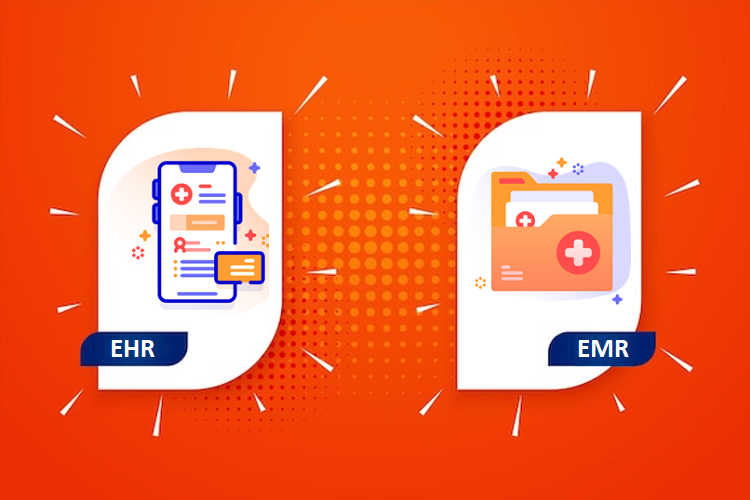Handheld ultrasound devices have revolutionized the field of clinical practice. These portable and user-friendly devices offer healthcare professionals the ability to perform ultrasound scans on the go, providing immediate access to diagnostic information. But what are the benefits of handheld devices by Philips Lumify or similar companies in clinical practice, and how are they changing how medical professionals deliver care? Find out.
12 Benefits of Handheld Devices in Clinical Practice
It’s important to note that while handheld devices offer numerous benefits including easy management, communication, support, security measures, etc. Here are some of the key benefits of using handheld devices in clinical practice.
Portability and Accessibility
Handheld devices are lightweight, portable, and easy to carry, allowing healthcare professionals to access patient information, medical references, and clinical tools from anywhere within the healthcare facility. This mobility enables real-time access to critical data, facilitating faster decision-making and improved patient care.
Efficient Data Management
These devices enable healthcare professionals to store, manage, and access large amounts of patient data electronically. Electronic health records (EHRs) can be accessed on the go, eliminating the need for paper-based records and reducing the risk of errors associated with manual data entry. This efficient data management enhances the accuracy and availability of patient information, leading to better clinical decision-making.
Improved Point-of-Care Diagnosis
One of the significant advantages of handheld ultrasound devices is their ability to facilitate point-of-care diagnosis. With these devices, doctors can quickly assess patients at their bedside, in the emergency room, or even in remote areas.
The portability and ease of use allow medical professionals to perform ultrasound scans efficiently and make timely decisions. This immediate access to diagnostic information can significantly impact patient outcomes, especially in critical situations where time is of the essence.
Enhanced Communication and Collaboration
Handheld devices facilitate seamless communication and collaboration among healthcare professionals. Through secure messaging apps and telehealth platforms, clinicians can quickly and securely exchange patient information, consult with colleagues, and seek expert opinions, even if they are geographically distant. This improved communication enhances care coordination, reduces response times, and supports efficient teamwork.
Enhanced Patient Care
Handheld ultrasound devices offer a more patient-centered approach to healthcare. Traditional ultrasound machines are large and often require patients to be transported to a dedicated imaging facility. This process can be time-consuming, uncomfortable, and inconvenient, especially for patients with limited mobility.
With these devices, clinicians can bring the ultrasound to the patient, minimizing disruptions and providing a more comfortable experience. These devices can be used for real-time guidance during procedures, reducing complications and improving patient safety.
Versatility in Clinical Settings
Handheld ultrasound devices are incredibly versatile and can be used across various clinical settings. They are particularly beneficial in fields such as emergency medicine, cardiology, obstetrics and gynecology, and primary care.
These devices enable quick evaluation of trauma patients, rapid assessment of cardiac function, monitoring of fetal development, and performing guided procedures. The versatility of handheld ultrasound devices makes them valuable tools for healthcare professionals in diverse specialties.
Cost-Effective Solution
Traditional ultrasound machines can be expensive to purchase and maintain. In contrast, handheld devices are more affordable and have lower maintenance costs. Their portability eliminates the need for dedicated imaging rooms, reducing infrastructure expenses.
Moreover, these devices can help reduce unnecessary referrals to imaging centers, lowering healthcare costs for patients and healthcare systems.
Training and Education
Handheld ultrasound devices also play a crucial role in medical training and education. Their user-friendly interfaces and portability make them ideal tools for teaching and learning.
Medical students, residents, and other healthcare professionals can quickly familiarize themselves with ultrasound techniques and interpretations using these devices.
The real-time imaging and immediate feedback provided by handheld devices enhance the learning experience and promote skill development in ultrasound use.
Remote Monitoring and Telemedicine
Handheld devices play a crucial role in remote monitoring and telemedicine, especially in situations where in-person visits are not feasible or practical.
With the help of compatible devices and applications, patients can measure and transmit vital signs, such as blood pressure, heart rate, and glucose levels, to healthcare providers for remote monitoring.
This remote monitoring capability improves patient engagement, enables early detection of health issues, and reduces unnecessary hospital visits.
Advancements in Technology
As technology advances, handheld ultrasound devices become even more powerful and versatile. These devices are continuously getting better at producing clearer images and performing advanced functions. This enables them to provide more precise and detailed diagnostic information.
Innovations such as wireless connectivity, cloud-based storage, and artificial intelligence integration further expand the potential of handheld ultrasound devices in clinical practice. These advancements promise faster diagnoses, more efficient workflows, and improved patient care.
Workflow Efficiency and Time Savings
Handheld devices streamline workflows and save time for healthcare professionals. Tasks such as scheduling appointments, documenting patient encounters, ordering tests, and prescribing medications can be performed directly on the device, reducing paperwork and administrative burden. This efficiency allows clinicians to dedicate more time to direct patient care, enhancing the overall quality of healthcare delivery.
Patient Engagement and Empowerment
These devices can empower patients by engaging them in their own healthcare. Through patient portals and mobile health applications, individuals can access their medical records, receive appointment reminders, track their health metrics, and communicate with healthcare providers. This increased engagement promotes better patient understanding, self-management, and adherence to treatment plans.
Conclusion
Handheld ultrasound devices by Philips Lumify or similar companies have emerged as valuable tools in clinical practice, offering numerous benefits to healthcare professionals and patients alike. Their portability, ease of use, cost-effectiveness, and versatility make them indispensable in various medical specialties.
With continued advancements in technology, they are poised to become even more influential in healthcare delivery, enabling faster diagnoses, enhanced patient care, and improved outcomes.




